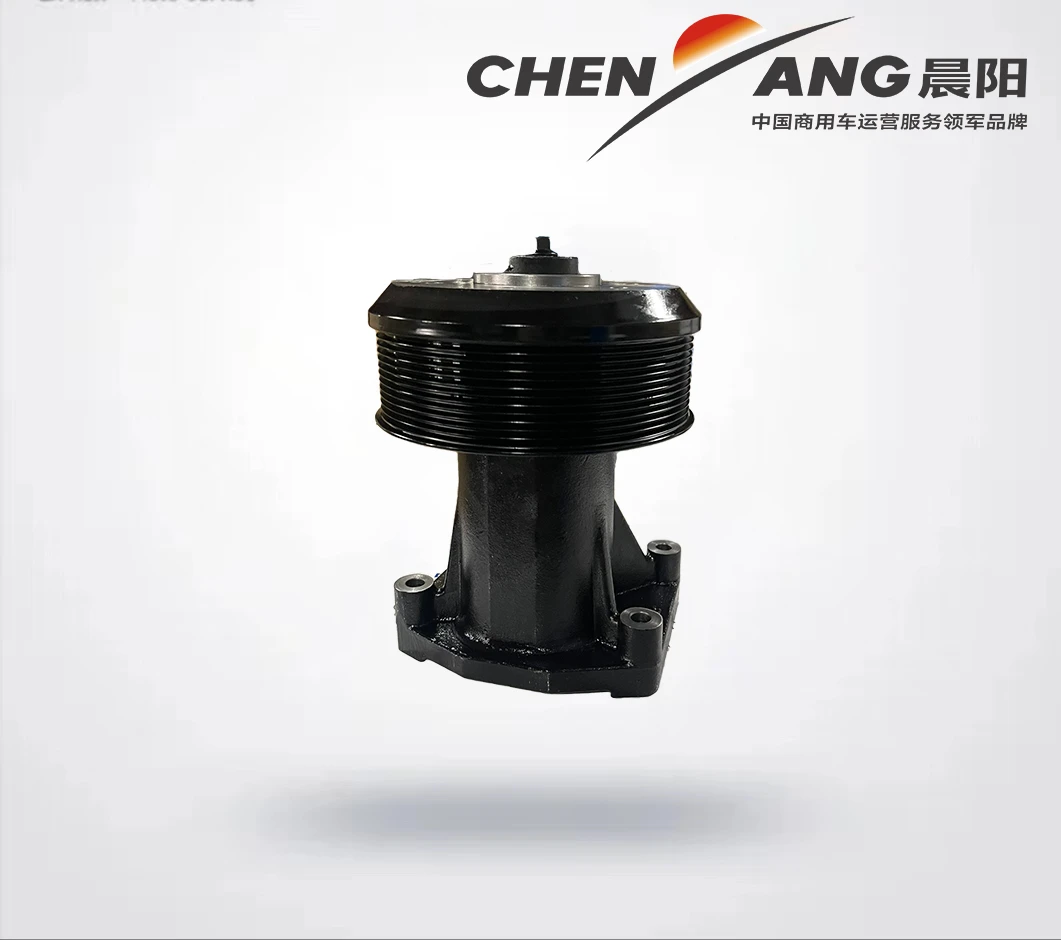transmission pressure switch
Understanding the Transmission Pressure Switch An Essential Component for Vehicle Performance
In the intricate world of automotive engineering, various components work in harmony to ensure optimal performance and reliability. One such essential element is the transmission pressure switch. This relatively small device plays a critical role in the functioning of a vehicle’s transmission system, significantly influencing its overall performance and efficiency.
What is a Transmission Pressure Switch?
The transmission pressure switch is an electronic or mechanical device designed to monitor the pressure of the fluid within the automatic transmission system. Its primary function is to provide feedback about the transmission's hydraulic pressure, ensuring that it operates within specified parameters. By doing so, it contributes to the smooth shifting of gears and the overall efficiency of the vehicle's performance.
How It Works
The transmission pressure switch operates on the principle of pressure sensing. It is usually located within the transmission casing or near the transmission fluid pump. When the engine runs, the transmission fluid circulates, creating hydraulic pressure that helps in shifting gears. The switch contains a diaphragm that responds to changes in fluid pressure. When the pressure reaches a certain level, the diaphragm moves, either opening or closing an electrical circuit.
This change in state sends a signal to the vehicle’s engine control unit (ECU) or transmission control module (TCM), enabling the system to adjust shifting patterns and fluid flow as necessary. By continuously monitoring pressure, the switch helps the vehicle adapt to changing driving conditions, enhancing performance and fuel efficiency.
Importance of the Transmission Pressure Switch
1. Smooth Gear Shifting One of the primary roles of the transmission pressure switch is to ensure smooth gear transitions. If the pressure is too low, it may lead to slipping gears or delayed engagement, making the driving experience unpleasant and potentially damaging the transmission.
2. Prevention of Transmission Damage By monitoring fluid pressure closely, the transmission pressure switch helps prevent overheating and other damage to the transmission. In cases where pressure readings are outside normal ranges, the system can take corrective action, such as altering shifting strategies or warning the driver.
transmission pressure switch

3. Fuel Efficiency Efficient gear shifting directly impacts fuel economy. By ensuring that the transmission operates at optimal pressure levels, the switch contributes to better fuel efficiency, reducing the overall cost of vehicle operation.
4. Safety Measures Modern vehicles are equipped with numerous safety features, and the transmission pressure switch plays a role here too. It can help prevent the vehicle from engaging gears under unsafe conditions, such as during a sudden stop or when the engine is under heavy load.
Symptoms of a Failing Transmission Pressure Switch
Like all automotive components, the transmission pressure switch can fail over time. Symptoms of a failing switch include
- Erratic Shifting If you notice harsh shifts or the transmission getting stuck in a single gear, it may indicate a problem with the pressure switch.
- Check Engine Light A malfunctioning switch can trigger the check engine light, alerting the driver to potential transmission issues.
- Fluid Leaks Since the switch is located within the transmission system, any leaks or damage may result in low fluid levels, which can exacerbate existing issues.
- Poor Acceleration A noticeable loss of power during acceleration can also be a sign that the switch is not functioning correctly, as it directly affects how power translates into motion.
Conclusion
In summary, the transmission pressure switch may be a small component, but its impact on vehicle performance is substantial. By ensuring correct hydraulic pressure within the transmission system, it contributes to smooth shifting, protects the transmission from damage, promotes fuel efficiency, and enhances safety. Understanding the role and importance of this device can help vehicle owners appreciate the complex mechanisms at play in their automobiles, ultimately leading to better maintenance and longevity of their vehicles. Regular diagnostics and timely replacements of the transmission pressure switch can therefore contribute greatly to a vehicle's performance and reliability.
-
SINOTRUK HOWO 84 Electric Dump Truck for Eco-Friendly Heavy HaulingNewsJul.26,2025
-
The Fast 16-Gear Manual Transmission Assembly for Heavy TrucksNewsJul.25,2025
-
Mercedes Benz Actros 1848 42 Tractor Truck for Sale - Reliable PerformanceNewsJul.24,2025
-
High-Quality Water Pump Assembly for Sinotruk Trucks – Durable & ReliableNewsJul.23,2025
-
Premium Truck Engine Antifreeze Coolant Fluid for Heavy Duty VehiclesNewsJul.22,2025
-
FOTON View G7 Mini Bus: Affordable & Spacious TransportNewsJul.22,2025
Popular products

























